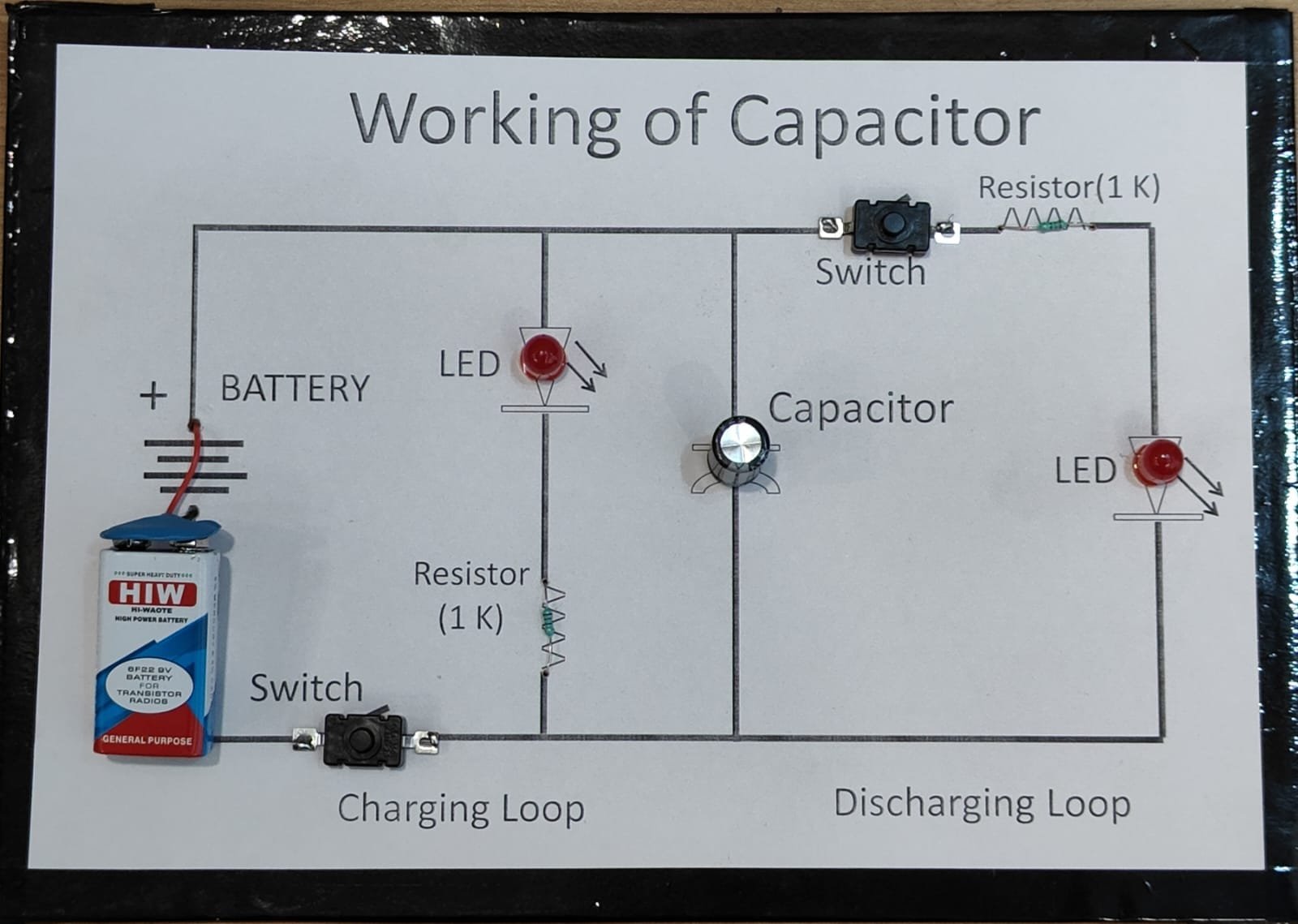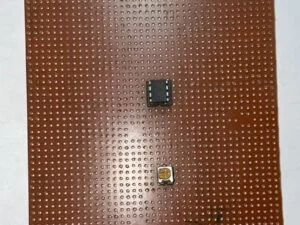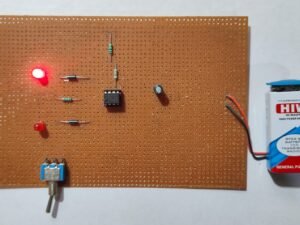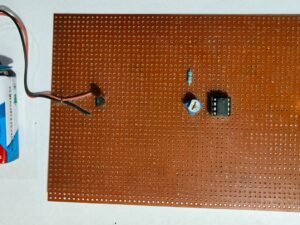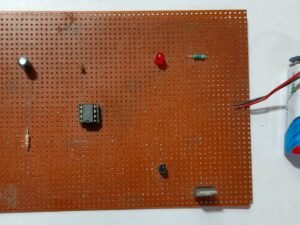Working of Capacitor
2 in stock
A capacitor is an electronic component that stores electrical energy in an electric field between two conductive plates. When voltage is applied, charge accumulates on the plates, storing energy. Capacitors are used in various applications, such as filtering, energy storage, voltage regulation, and timing circuits in electronics.
₹295.00 ₹531.00 (Incl. GST)
2 in stock
Working of Capacitor
A capacitor is an electronic component that stores and releases electrical energy. It consists of two conductive plates separated by an insulating material called a dielectric. When a voltage is applied across the plates, an electric field develops, causing charge accumulation on the plates. This stored energy can be released when needed, making capacitors essential in various electronic circuits.
Components Used:
- Battery: Provides the voltage necessary to charge the capacitor.
- Resistor: Controls the charging and discharging rates of the capacitor, ensuring safe operation.
- LED (Light Emitting Diode): Indicates the presence of voltage or current in the circuit, often used as a visual indicator.
- Switch: Allows manual control over the circuit, enabling users to start or stop the charging and discharging processes.
- Capacitor: The primary component that stores electrical energy in the form of an electric field.
Working Principle:
When a battery is connected to a capacitor through a resistor, the capacitor begins to charge. The resistor limits the current flow, preventing damage to the capacitor and controlling the charging rate. As the capacitor charges, the voltage across it increases, and the current decreases over time. Once the capacitor is fully charged, the current flow ceases. Discharging occurs when the capacitor is connected to a load, allowing it to release its stored energy.
Applications:
- Energy Storage: Capacitors store energy for later use in various electronic devices.
- Power Conditioning: They smooth out fluctuations in power supply, providing stable voltage to sensitive components.
- Signal Processing: Capacitors filter signals, allowing certain frequencies to pass while blocking others.
- Timing Circuits: In combination with resistors, capacitors determine timing intervals in oscillators and timers.
Advantages:
- Rapid Energy Release: Capacitors can discharge energy quickly, making them suitable for applications requiring rapid power delivery.
- Long Lifespan: They have a long operational life with minimal degradation over time.
- High Efficiency: Capacitors operate with high efficiency, especially in filtering and smoothing applications.
Limitations:
- Limited Energy Density: Capacitors store less energy compared to other energy storage devices like batteries.
- Voltage Sensitivity: Exceeding the voltage rating can lead to capacitor failure.
- Size Constraints: High-capacity capacitors can be bulky, limiting their use in compact devices.
Conclusion:
Capacitors are fundamental components in modern electronics, offering rapid energy storage and release capabilities. Their applications span energy storage, power conditioning, signal processing, and timing circuits. While they provide numerous advantages, such as rapid energy release and long lifespan, considerations regarding energy density, voltage sensitivity, and size are important when selecting capacitors for specific applications.

